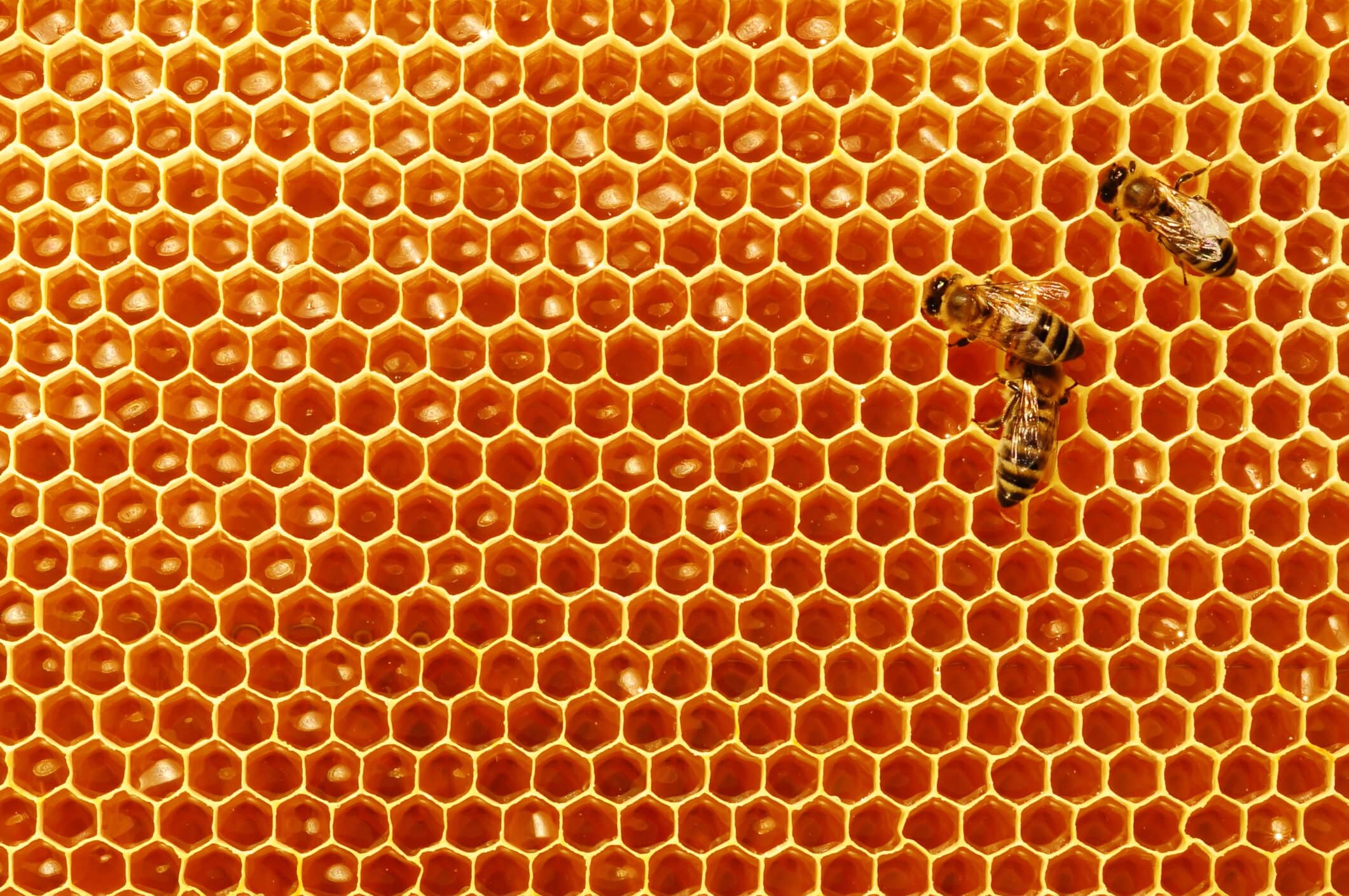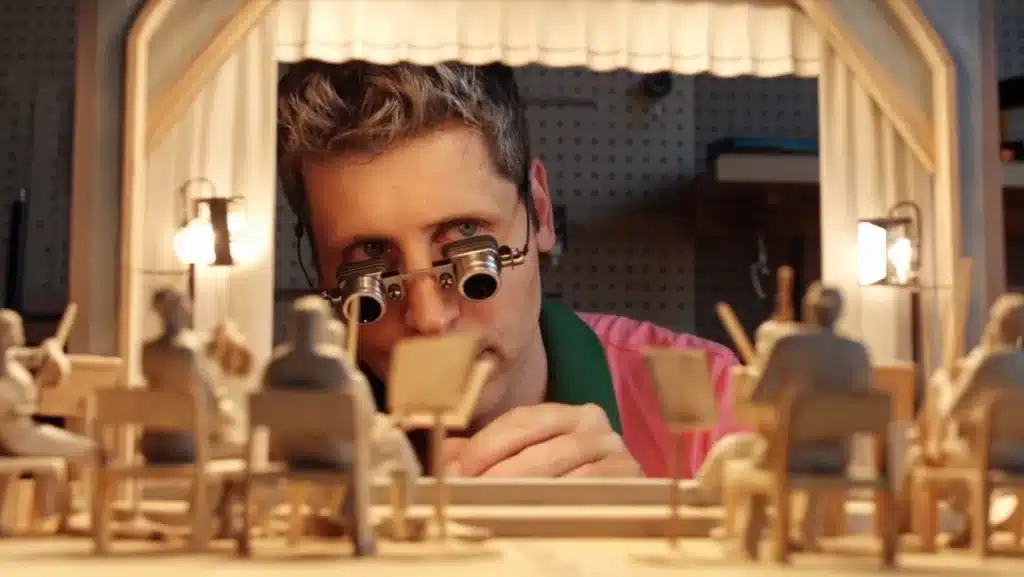Nature is valuable. Few people would dispute that. But, until recently nature protection was mostly seen as a cost rather than a financial opportunity.
This is changing as start-ups are creating new business models that make money by protecting and enhancing nature. And this is attracting a new type of investor and investment model.
One example of this trend is 3Bee, an Italian scale-up that aims to safeguard ecosystems with a focus on improving the lives of pollinators such as bees and reducing their mortality rates. Since it was formed in 2017, 3Bee has developed a network of more than 5,000 beekeepers, farmers, and companies. It has protected, monitored and regenerated 10,000 hectares of land and monitored over 150 million bees.
The company recently raised EU5 million in a series A funding round. Founded in 2017, 3Bee will use the money to deliver regeneration programmes that counterbalance the negative impact of urban environments and industrialisation.
Grow Impact Fund, one of the world’s most active food and agriculture technology venture capital firms and Anya Capital, an Italian fund focused on environmental impact have taken stakes. The ESA (the European Space Agency) has also invested EU700,000 and will help them study biodiversity through satellites and multispectral imaging.
Why do bees need protection?
Alarming reports suggest that the loss of biodiversity in Europe has reached up to 20 per cent of total species over the last 20 years, with France and Germany bearing the brunt of the damage. France, in particular, ranks sixth in the list of countries with the highest number of threatened species according to the International Union for the Conservation of Nature (IUCN) red list.
Bees are essential to the environment, providing pollination for plants and crops.
One key reason for the population decline is habitat loss and changing land use. Simply put, Bees can’t find enough food as farming and urbanization encroach on their natural habitat.

Technology can help bee populations to thrive. 3Bee can reduce the bee mortality rate by 25 per cent and optimize pollination by 30 per cent. Picture by Arda Sari on iStockPhoto
Climate change is also a major threat with regions that were suitable to particular species becoming too hot or too cold for them.
Also, many chemicals used in modern agriculture are very dangerous to bees, causing a variety of problems, from direct mortality to long-term health issues.
One of the most dangerous chemicals to bees is neonicotinoids. These are a type of insecticide that is used to control pests on crops. Even small amounts can cause bees to die. These chemicals are banned in the EU, but for the last three years since Brexit, the UK government has allowed farmers, in certain circumstances, to use a neonicotinoid called thiamethoxam to protect sugar beet crops from aphids carrying virus yellows disease.
Other chemicals are also very dangerous to bees. These include glyphosate, a herbicide that is used to control weeds, and various fungicides that are used widely in farming.
More Nature

UNDP Implements Innovative Climate Data Strategies
The UNDP is promoting sustainability with ‘Nature ID’, a new data exchange system for environmental management.

Study Reveals How Climate Change Affects Bird Survival Strategies
Find out how bird survival varies with lifespans and environmental factors shaping biodiversity amidst climate change.

Sound Accelerates Growth of Micro Organisms
Discover the research on how sound can accelerate the growth of beneficial microorganisms to improve forest health.
How does 3Bee protect pollinators?
While it’s not possible fully to protect bees from the wider effects of climate change or toxic chemicals, they can be helped in a number of ways.
3Bee has developed some cutting-edge technology products to do this. For example, HiveTech, a beehive equipped with internet-linked sensors that monitor bees’ health, allows beekeepers to reduce treatments as well as visits to the apiary. They say this can reduce the bee mortality rate by 25 per cent and optimize pollination by 30 per cent.
Another product, BioScan, is an automatic pollinator counting system that uses artificial intelligence to recognize wild pollinator types.
And Flora is a neural network system that analyzes vegetation biodiversity, operated in collaboration with the ESA.
How will it return money to investors?
It seems as though 3Bee has a lot of potential, with some 650 paying clients already on board.
The company’s CEO Niccolò Calandri says half of them are individuals who are looking to adopt a hive or become a ‘beekeeper 4.0’ with the help of their advanced technologies.
The other half are business clients, most of whom pay to align themselves for corporate purposes such as marketing, corporate social responsibility or employee activities.
Some companies, however, are collaborating more structurally with 3Bee to develop new products and services. Most notably, Genagricola, the largest Italian agricultural company and 3Bee are developing regenerative solutions for pollinator-proof agriculture and photovoltaics.
The company is making money through a combination of activities that previously may have been totally separated. A charity or NGO could have attracted the corporate tie-ups, leaving the product side to different companies. This hybrid approach is innovative and potentially lucrative.
While 3Bee is only operational currently in a few countries, there is huge scope to expand its footprint and, consequently, its revenues.
This should please its investors. And the bees.
Subscribe
Sign-up to receive our newsletter





